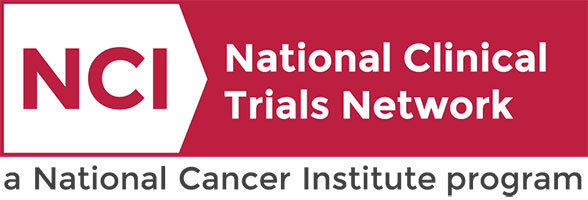Featured Speakers:
Arul Chinnaiyan, MD, PhD
(Rogel Cancer Center)
is the S.P Hicks Endowed Professor of Pathology and Professor of Urology at the University of Michigan Rogel Cancer Center. He also serves as the Director of the Michigan Center for Translational Pathology and is an Investigator of the Howard Hughes Medical Institute. His research interests focus on functional genomic and bioinformatic approaches to study cancer to understand tumor biology and discover genetic drivers.
Celeste Simon, PhD
(Abramson Cancer Center)
is the Scientific Director of the Abramson Family Cancer Research Institute and an Associate Director of the Cancer Center at the Perelman School of Medicine at the University of Pennsylvania. Her research focuses on how cells sense and respond to changes in the availability of molecular oxygen and nutrients. Her research team is currently studying how O2 sensing impacts tumor inflammation, metabolism, metastasis and overall disease progression.
Angie Smith, MD, MS
(UNC Lineberger Comprehensive Cancer Center)
is an Associate Professor and Vice-Chair of Academic Affairs at the University of North Carolina (UNC) Department of Urology in Chapel Hill. In addition, she is the Director of Urologic Oncology at the UNC Lineberger Comprehensive Cancer Center, where she treats GU malignancies, including bladder, prostate and kidney cancer. She has a background in health services research, and her research interests focus on patient-outcomes research, patient engagement and quality of care for bladder cancer.
Samra Turajlic, MBBS, PhD
(The Francis Crick Institute)
is the Chief Investigator of translational studies into melanoma and kidney cancer and an Independent Group Leader at The Francis Crick Institute. Her research focuses on the development of an evolutionary understanding of cancer for patient benefit. Dr. Turajlic is the Chief Clinical Investigator for the TRACERx Renal study, aiming to map how kidney cancer evolves.
Randy Vince, Jr. MD
(Rogel Cancer Center)
is a Society of Urologic Oncology (SUO) Fellow at the University of Michigan Rogel Cancer Center. While at the University of Michigan, Dr. Vince also earned a Master’s degree in computational medicine and bioinformatics. His research interests are focused on using precision medicine to combat the concept of racial biology and evaluate the intersectionality of environmental exposures and gene expression on tumor biology.
Learn More About Lung Cancer and Lung Cancer Screening:
Screening tests increase the chance of detecting lung cancer early, when it may be easier to treat.

Jamey Young, Ph.D.
- Professor of Chemical and Biomolecular Engineering
- Professor of Molecular Physiology and Biophysics
- Director of Graduate Studies in Chemical Engineering
- Director of Interdisciplinary Training in Engineering and Diabetes (ITED)
Phone
2400 Highland Ave
Nashville, TN 37212
Jamey Young, Ph.D.
- Professor of Chemical and Biomolecular Engineering
- Professor of Molecular Physiology and Biophysics
- Director of Graduate Studies in Chemical Engineering
- Director of Interdisciplinary Training in Engineering and Diabetes (ITED)
615-545-4812
j.d.young@Vanderbilt.Edu
2400 Highland Ave
Nashville, TN 37212
Research Program
Research Description

Zhijun Yin, PhD
- Assistant Professor
Zhijun Yin, PhD
- Assistant Professor
615-936-3690
zhijun.yin.1@vumc.org
Suite 1475
Nashville, TN 37203
Research Program

Kerry Schaffer, MD
- Assistant Professor of Medicine
Kerry Schaffer, MD
- Assistant Professor of Medicine
615-936-8422
kerry.schaffer@vumc.org
Nashville, TN 37232
Research Program
Research Description

Bhuminder Singh, Ph.D.
- Assistant Professor of Medicine
Phone
MRB-IV, 10465J
Nashville, TN 37232
Bhuminder Singh, Ph.D.
- Assistant Professor of Medicine
615-343-6230
bhuminder.singh@vumc.org
MRB-IV, 10465J
Nashville, TN 37232





